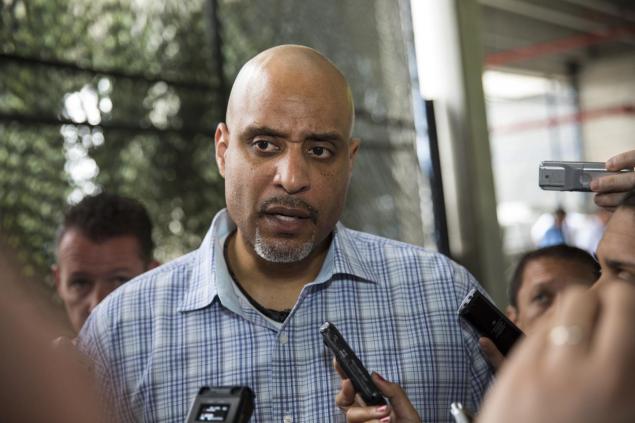
On Saturday night, the MLB Players Association summarily rejected Major League Baseball’s latest proposal for a shortened season – 72 games with 70 percent prorated pay (80 percent if the postseason is played to completion) – and vowed to walk away from the negotiating table.
Union head Tony Clark‘s statement to announce the players’ stance finished with a brief yet strong closer: “It’s time to get back to work. Tell us when and where.”
Clearly, the players aren’t willing to palate any more of MLB’s moving of the foul poles and are fully prepared to cut their losses and move forward with this truncated 2020 season.
Following the league’s early sliding scale proposal – which included an 80 percent pay cut for the game’s highest-paid players – the bitter tone was set.
In spite of the league’s blatant disrespect of the players – the fuel that makes this vehicle move – the union’s counteroffers have remained fair, reasonable, and have exhibited progress in the negotiating process.
As each of MLB’s proposals – whether it was a fully prorated 48-game season or a 72-game campaign with pay cuts – equated to the same size slice of the pie for the players, it became painfully obvious that the owners were digging their heels – and heads – into the sand.
Now, by the union leaving this unprecedented decision in the hands of the league and foregoing any further negotiations, Rob Manfred is tasked with presenting the players, fans, and every other soul invested in this game with a viable – and most importantly – well-received plan on how to proceed.
Good luck, Bobby.
The union knows that the league has to save face after this sh*tshow and, as evidenced by every move they’ve made since March, the union is willing to bet on MLB valuing the dollar in any equation.
The league wouldn’t be maximizing profits with a 50-game schedule. The more games that are played this season, the more money owners will recoup after a mostly lost season. Gate receipts will be non-existent, but more eyes will be on screens than ever before.
Bottom line is, if the league plays their hand correctly, this year’s bottom line won’t be as catastrophic as forecasted. If the money will be there, the league’s top priority then shifts to presenting a quality product.
By leaving the ball in MLB’s hand – and millions of dollars on the table – the union is letting the league get themselves out of this jam they created. And while conceding defeat in this battle, the MLBPA is clearly positioning itself for the labor war on the horizon.
Stockpiled positive public opinion is a powerful tool in these situations. And by walking away from these negotiations when they did, and in the manner in which they did so – as well as how they’ve conducted themselves throughout this ordeal – the MLBPA has secured plenty of it.
Though, if this display of tyrannic power from the league is what should be expected once the current collective bargaining agreement expires after 2021, this saga could be looked back on as a simple warm-up exercise.















